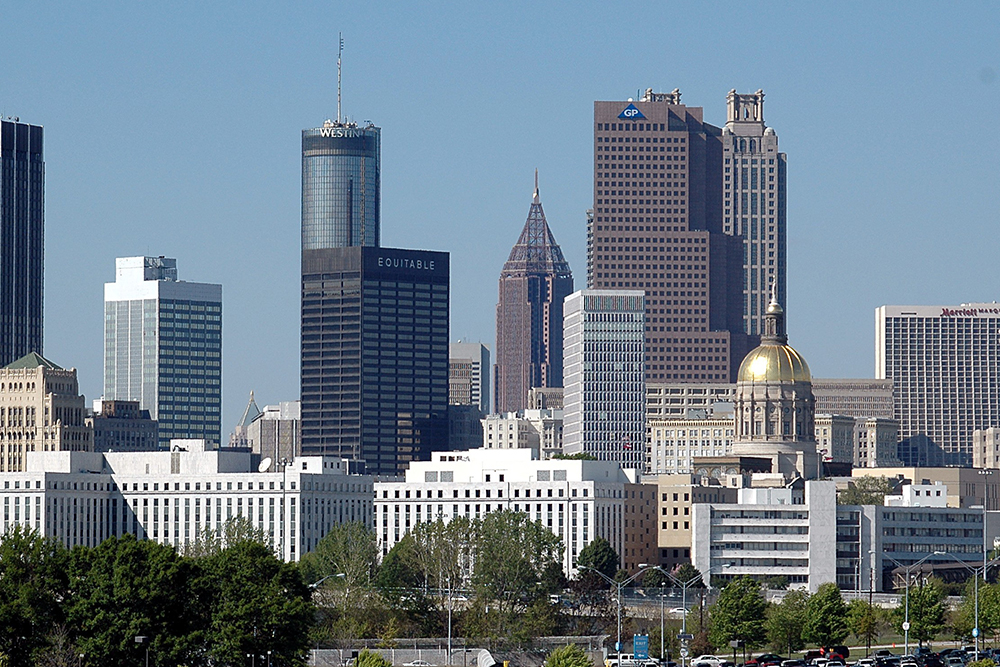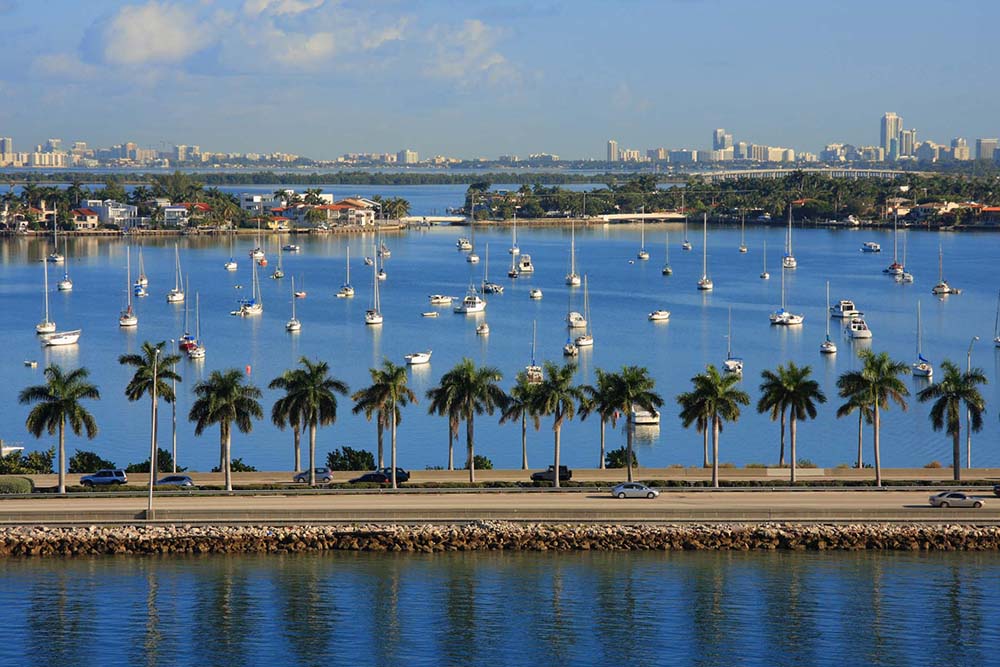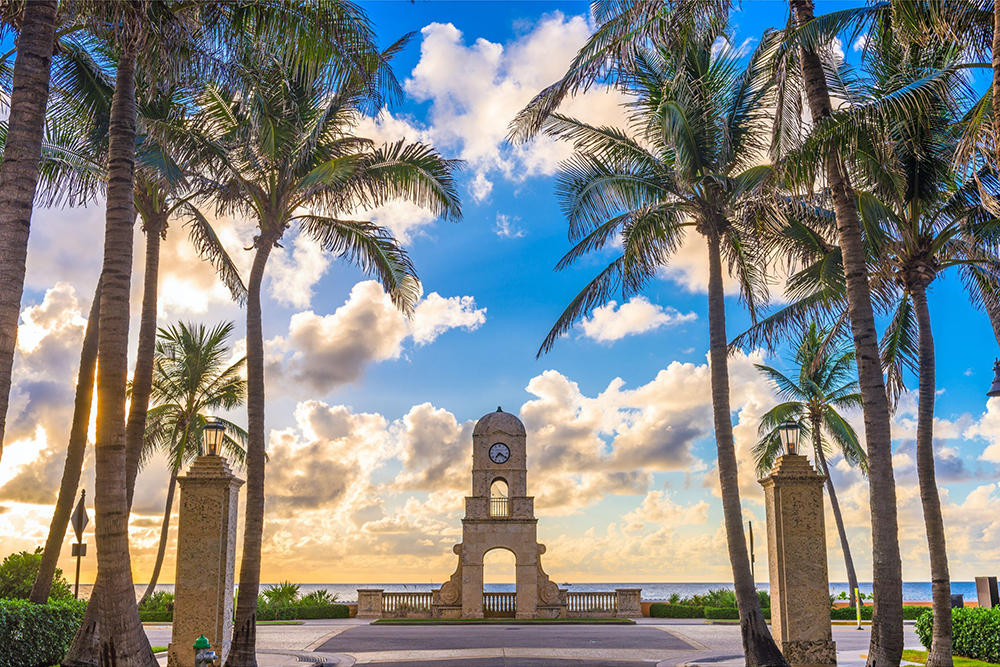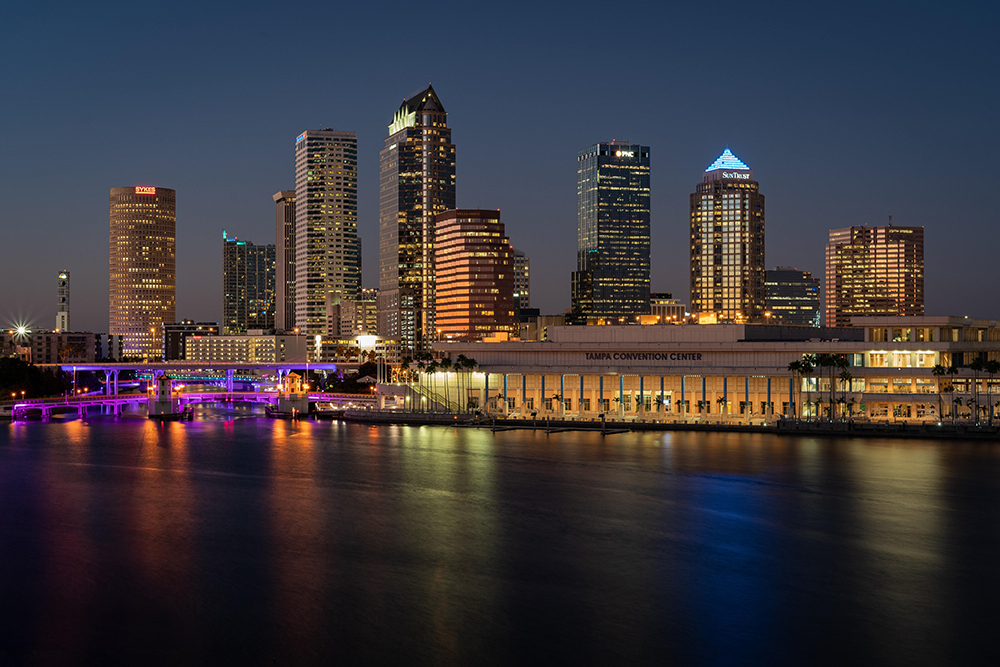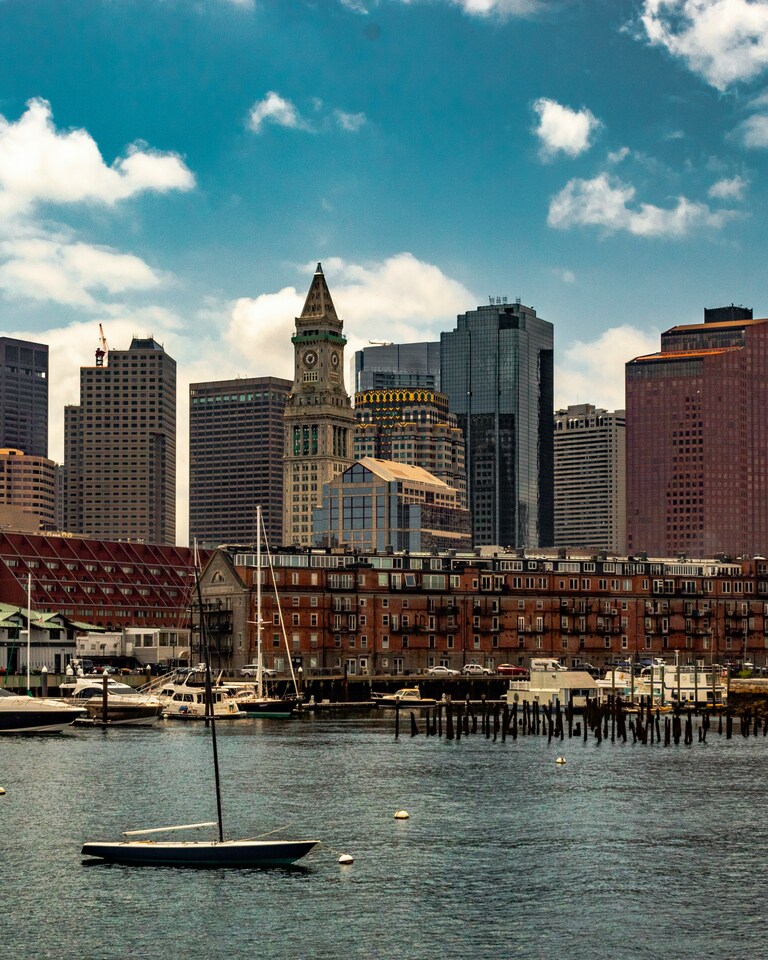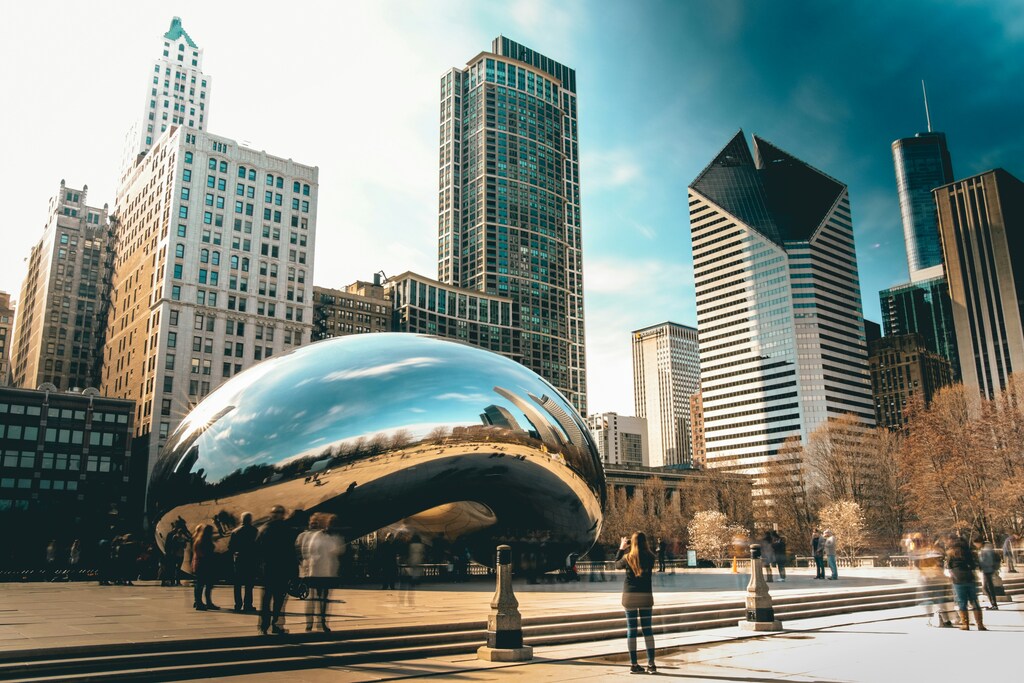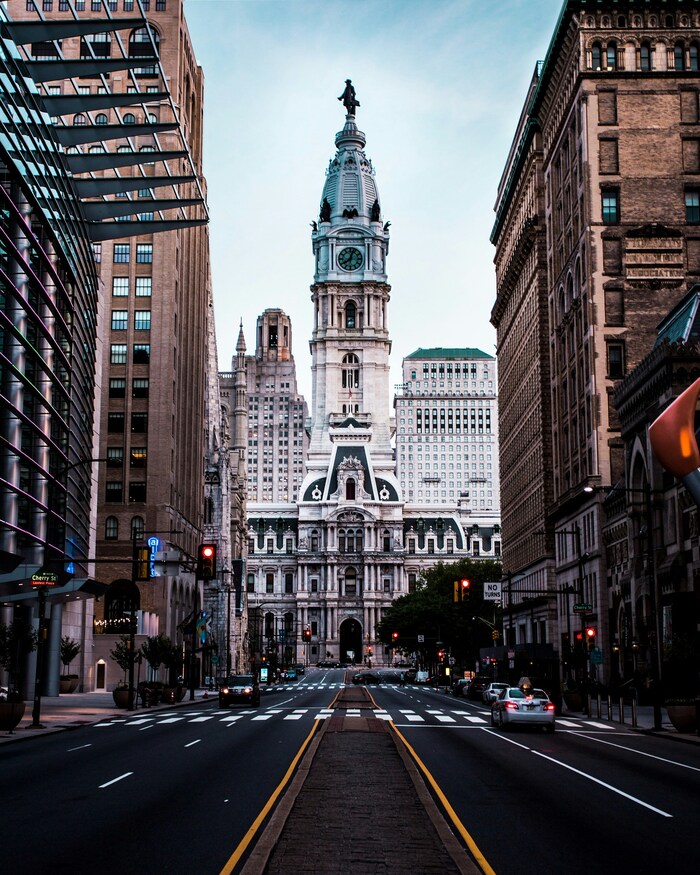Cultural Travel

What is the Difference Between a Fresco and a Mural?
A mural is a picture painted directly onto a walls surface using acrylic or household paint. A fresco has been bound to the wall by applying pigments, usually made from ground up stone or earth and mixed with lime, directly on to wet, fresh plaster.
Top 10 Frescos & Murals You Must Travel to See

The Last Supper is techically not a fresco! Leonardo did not use traditional fresco technique while painting the Last Supper. He used the dry plaster method that enabled him to paint slowly.
Which of These 5 Types of Cultural Traveler Are You?
Ready to tick off your next bucket-list destination? Be sure to make the most of it by transcending the traditional sightseeing experience and delving into a transformative journey that immerses you in the essence of different cultures. In doing so, you will unravel the destination’s mysteries and be rewarded with an unparalleled insight into how its threads are woven into a uniquely intricate pattern to create a beautifully distinct culture.
The best way to immerse in a new culture is by discovering what kind of cultural experiences excite you most. If you’re a foodie, perhaps might you like to discover a new culture by tasting its distinct dishes and learning its secret recipes. Meanwhile, those motivated by music and the arts may prefer to find local festivals or take a traditional dance class. Not only will exploring new cultures in a way that motivates and excites you allow you to get a deeper and more meaningful insight into a culture, it will guarantee your trip be exponentially more rewarding.
Cultural Travel News
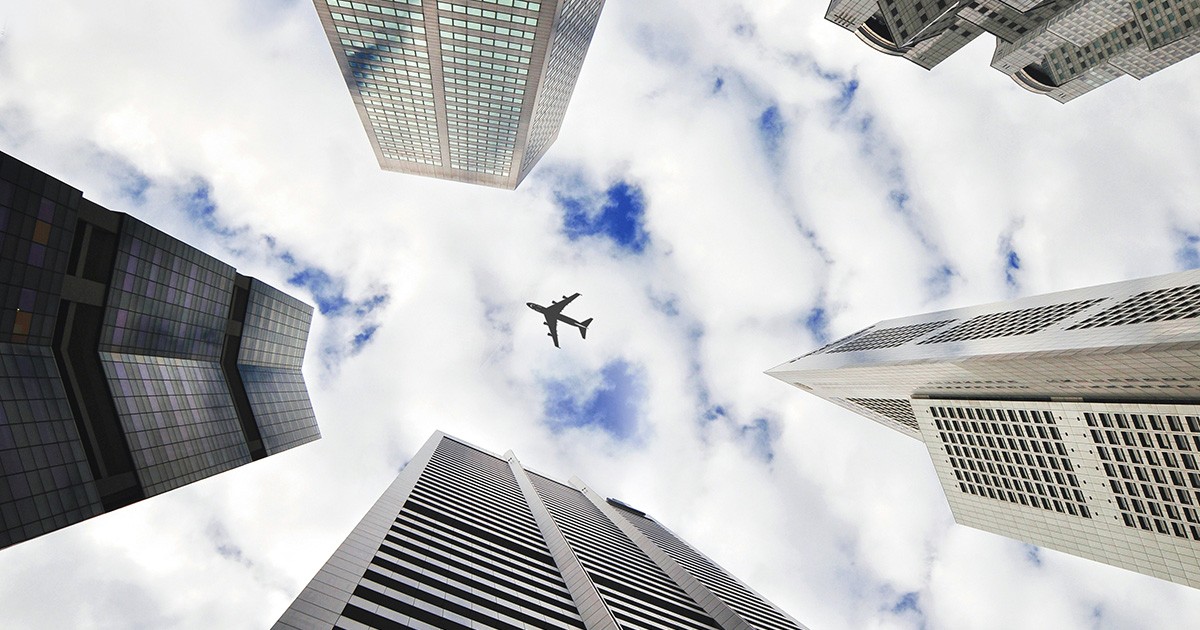
10 Cultural Locales Worth Traveling To

Which of These 5 Types of Cultural Traveler Are You?
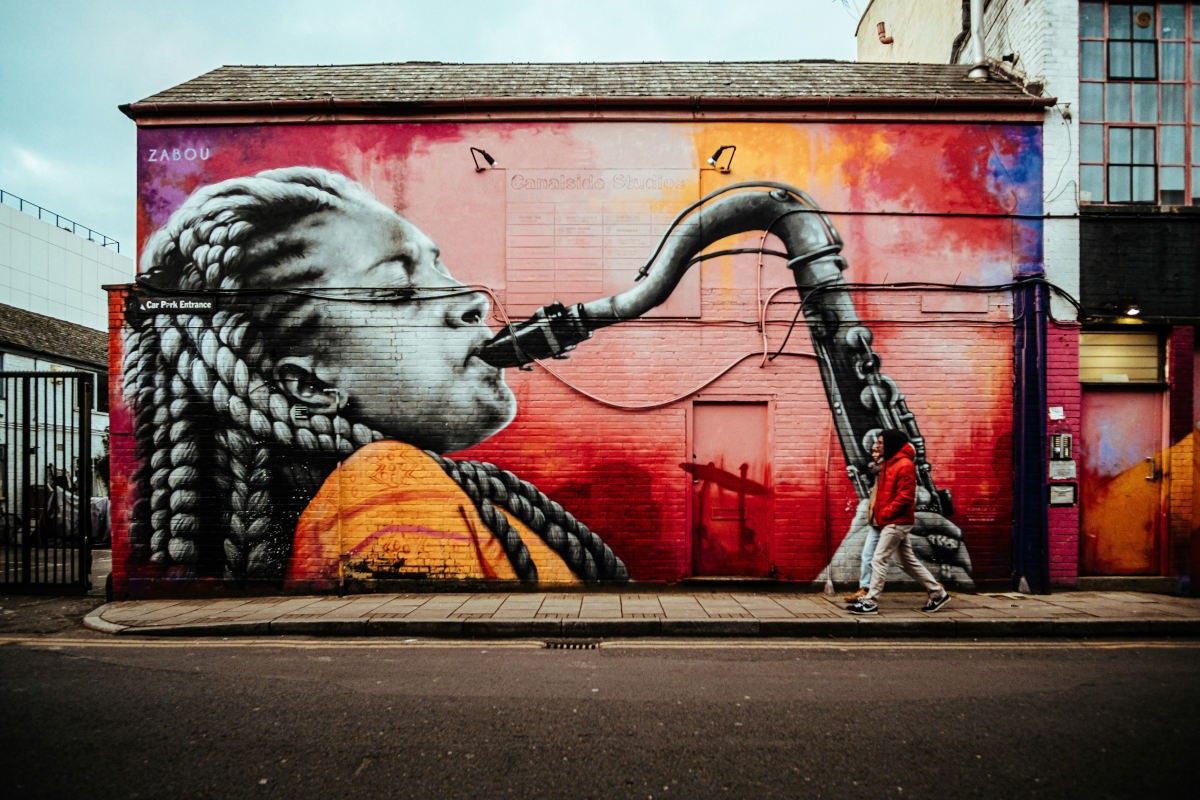
Top 10 Frescos & Murals You Must Travel to See

Tips on Traveling Like a Pro

on CultureOwl
in the Beautiful Florida Keys















